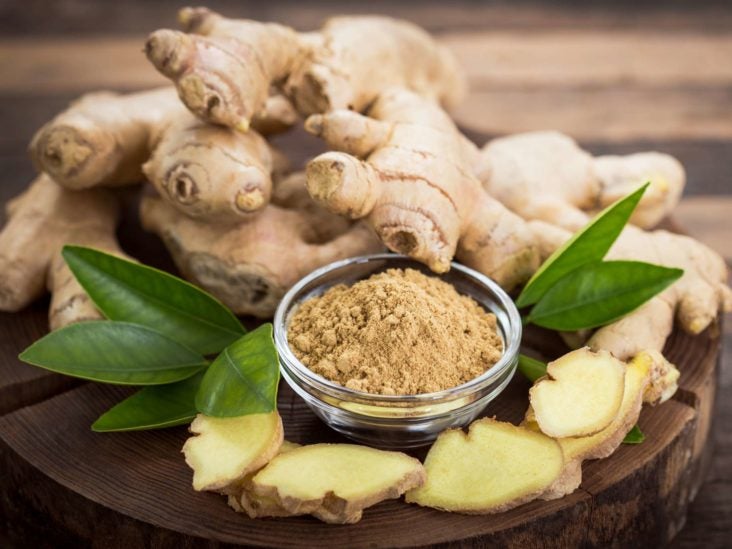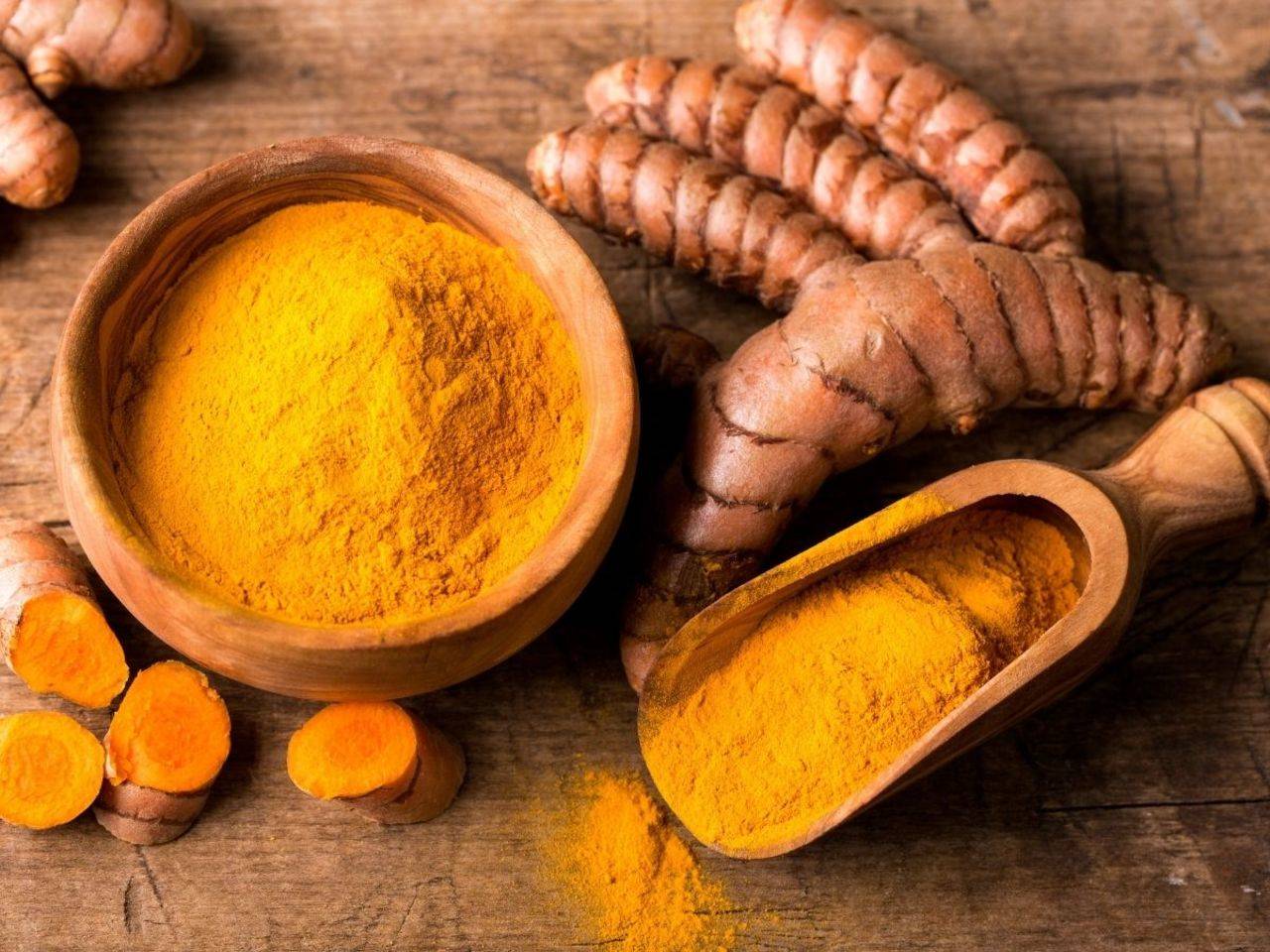The Power of Traditional Malaysian Herbs in Modern Diets by Dr Tikfu Gee
Introduction
The modern diet trend is often dictated by the latest superfood or health supplement being marketed. However, Malaysians have long known the secret to good health lies in the use of traditional herbs. These herbs have been used for centuries and can be found in many local dishes, teas, and remedies. In this blog post, we will explore the power of traditional Malaysian herbs in modern diets and the numerous health benefits they provide.
1. Ginger (Halia):
Ginger is a staple herb in Malaysian cuisine. It is known for its anti-inflammatory and anti-bacterial properties and is often used to treat colds and flu. Ginger can be eaten fresh, pickled, or dried as a spice. It is also often added to tea to alleviate nausea, bloating and digestive issues.2. Turmeric (Kunyit):
Turmeric is a spice that is widely used in Malaysian curries and is known for its bright yellow colour. Turmeric has anti-inflammatory properties and contains curcumin, which is touted for its ability to fight diseases such as cancer, diabetes, and Alzheimer’s. Turmeric can be consumed fresh or dried and ground into a spice. It is also often added to milk as a morning beverage.3. Pandan (Screwpine):
Pandan is a tropical plant with a sweet aroma and is often used in Malaysian desserts and rice dishes. It is known for its anti-inflammatory properties and has been used to treat skin problems. Pandan can be consumed fresh or boiled to release its aroma, which is often used in rice dishes, cakes, and even cocktails.
Pandan is a tropical plant with a sweet aroma and is often used in Malaysian desserts and rice dishes. It is known for its anti-inflammatory properties and has been used to treat skin problems. Pandan can be consumed fresh or boiled to release its aroma, which is often used in rice dishes, cakes, and even cocktails.
4. Lemongrass (Serai):
Lemongrass is a herb with a citrusy flavour and is often used in Malaysian soups and curries. It is known for its antibacterial and anti-inflammatory properties and has been used to treat digestive issues. Lemongrass can be consumed fresh or dried, and made into a tea.5. Kaffir Lime (Limau Purut):
Kaffir lime leaves are often used in Malaysian soups and curries and are known for their distinct flavour. The leaves also contain anti-inflammatory properties and are said to be useful for detoxification. Kaffir lime leaves can be consumed fresh or dried, and used in soups, curries, and marinades.
Kaffir lime leaves are often used in Malaysian soups and curries and are known for their distinct flavour. The leaves also contain anti-inflammatory properties and are said to be useful for detoxification. Kaffir lime leaves can be consumed fresh or dried, and used in soups, curries, and marinades.
Conclusion
Traditional Malaysian herbs have numerous health benefits and when incorporated into modern diets, can provide a host of benefits for overall health and wellbeing. These herbs are often easily accessible, affordable and convenient to use in everyday life. Malaysians have long known the benefits of these herbs, and it is time for the rest of the world to embrace them too.
Therefore, incorporating Malaysian herbs in modern diets is a simple but effective way to reap their health benefits. Not only do they add flavour to dishes, but they also provide essential nutrients and vitamins that improve overall health and well-being. So, why not try to incorporate some traditional Malaysian herbs in your next meal and experience their amazing benefits firsthand.
Let's bring the power of traditional Malaysian herbs into the modern world and make a healthier and tastier lifestyle a reality for everyone.
See you in my next entry!
Dato Dr Tikfu Gee
- #DrTikfuGee #DatoDrTikfuGee #DrGee #TikfuGee #TraditionalMalaysianHerbs #ModernDiets #Tumeric #Gingers #Pandan #Lemongrass #KaffirLime #HealthBenefits #AntiInflammatory #Antioxidants #Antibacterial #Flavour


:max_bytes(150000):strip_icc()/cooking-with-pandan-3217067_Hero_01-bc19757c318a4f68b70c287dac1ccb2d.jpg)



Comments
Post a Comment